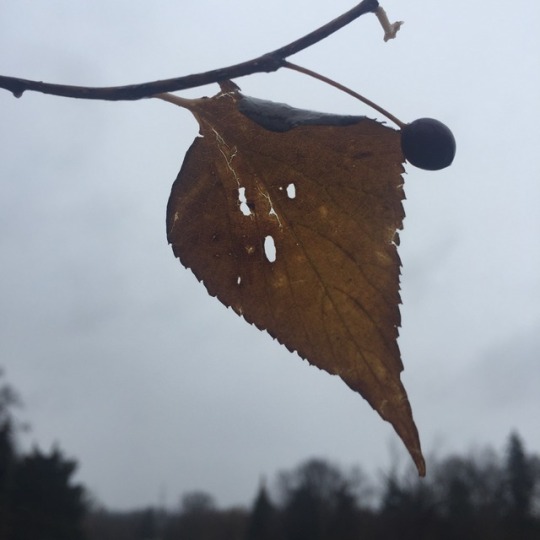Text
💖💖💖

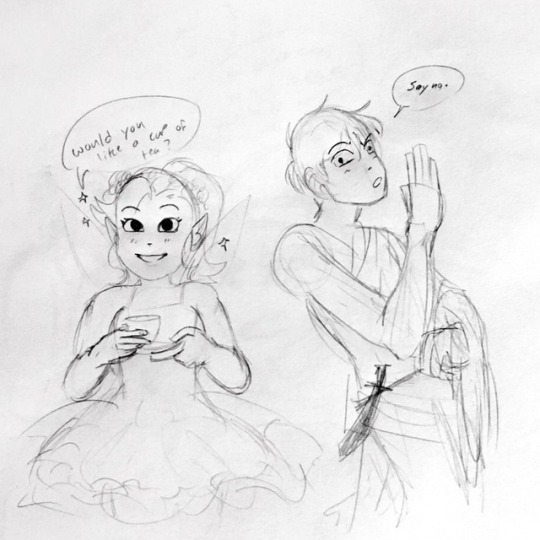
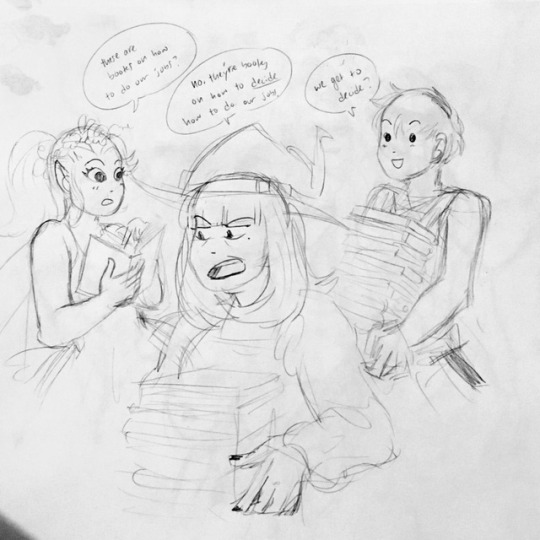
Some quick doodles of some scenes from Alba Salix :v
32 notes
·
View notes
Photo

Above: Peter Davison as the Fifth Doctor in “The Caves of Androzani”, 1984.
Below: Colin Hay of Men At Work in the video for “Who Can It Be Now?”, 1981.
1 note
·
View note
Photo

The Imperial Palace at the centre of Steadfast, capital of the New Republic of Balgomar.
15 notes
·
View notes
Photo

It’s here! Our latest spinoff is The End of Time and Other Bothers, an improvised roleplaying show set in the world of Alba Salix. Eggerton the fairy, Blat the half-demon and Darcy the human find themselves thrown back in time to the land of Farloria, and given a seemingly impossible quest.
We’ve posted Episode 1 to the Alba Salix feed, but the show has its own feed, since episodes will be coming out every other Sunday—search for “Other Bothers” on your favourite app.
Character art by the wonderful @witchymomo!
14 notes
·
View notes
Video
329K notes
·
View notes
Text
So far I know of Six Cold Feet and Love and Luck, both of which I've been enjoying very much! And the folks behind the fancasts Splendid Chaps and Pratchat have done a sci-fi comedy called Night Terrace—only available commercially, not as a podcast, but it's excellent.
Does anyone know of any Australian based/produced audio drama podcasts?
I’ve been hearing more Aussie accents in some of the ones I’ve been listening to (thanks saffron and peri) but have not hound any all/mostly aus podcasts yet.
Hit me up if you hear any!
38 notes
·
View notes
Text
“We are idealists and we are realists. We are dreamers and we are builders. We are experiencers and we are experimenters. We long for certainties, yet we ourselves are full of the ambiguities of the Mona Lisa and the I Ching. We ourselves are a part of the yin-yang of the world.”
— Physicist and writer Alan Lightman on our longing for absolutes in a relative world and what gives lasting meaning to our temporal lives — superb read, a rare miracle of the meeting point of the lucid and the luminous.
227 notes
·
View notes
Photo
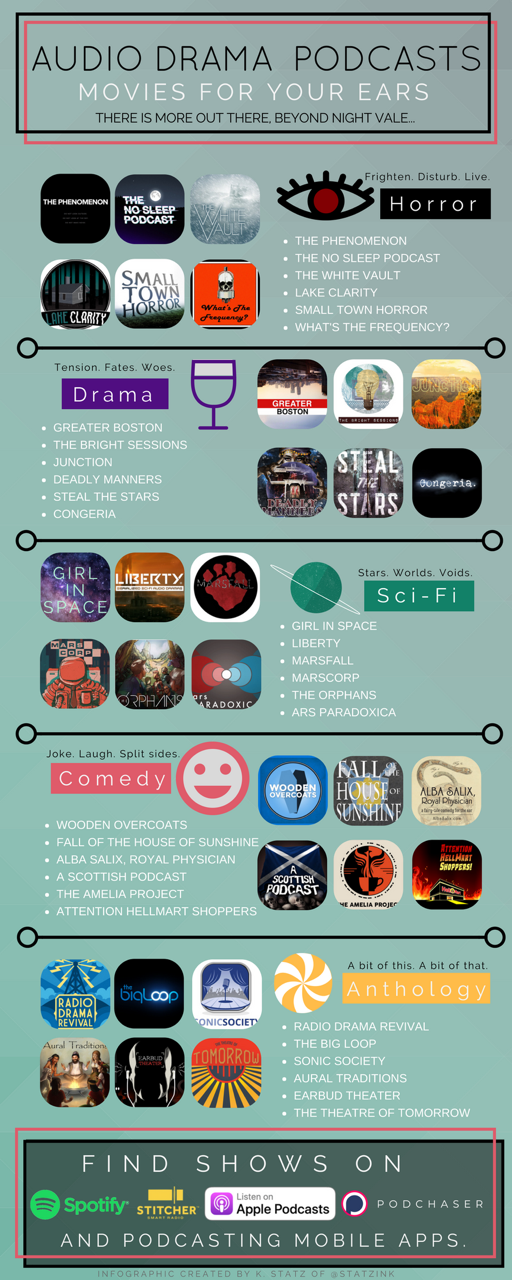
I’m reposting this infographic on Tumblr with the permission of inkart. They first published it on Imgur where it got upvoted and reached most viral! Audio drama is really the new big thing. We recommend checking out some of the awesome shows on this list if you haven’t already!
1K notes
·
View notes
Text
Looking Around - On Sound (Part 1): Noise
If you are able, take a moment - 30 seconds or so - and simply listen.
What do you hear?
If you, like me, are sitting in a quiet part of the house, you probably hear the wind rustling outside, the hum of electronic appliances, an airplane, or perhaps the faint rumble of distant cars.
If you are reading this in a coffeeshop or in an office, you probably hear footsteps; several simultaneous conversations; espresso machines or copiers; laughter; traffic.
Regardless of where you are or what you are doing, when you listen to your environment, what becomes immediately apparent is the total ubiquity of noise.
There are few moments of sustained quiet in our lives. After all, to reach a place without much noise requires traveling a great deal of distance from any urban or suburban setting, often where there are little to no amenities (which are the source of a great deal of noise themselves.) And so, over the centuries, we simply learned to live with noise.
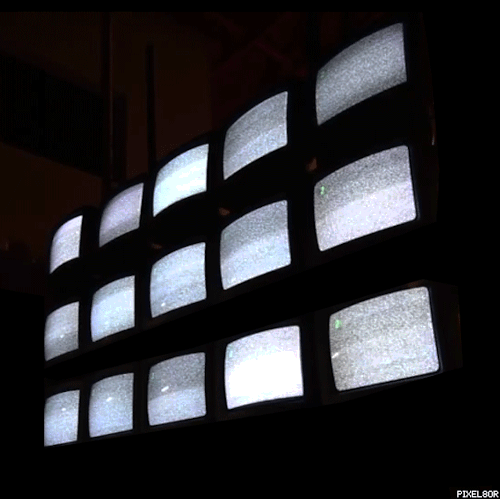
A Brief History of Noise (not the genre of music, sorry)
Before modern industrialization, there was relatively little noise pollution, just as there was relatively little light pollution. Every evolution in human infrastructure has brought about more and more noise. I’m sure there were a nostalgic few in the distant past who longed for the days before cobblestone streets and the endless fractious clacking of horse-drawn carriages.
We don’t have much documentation on pre-technology noise, but it is posited by some that regular, consistent noise originated with two developments: the keeping of time and urbanization. The Medieval church bell (and later the public mechanical clock) is posited by sound scholar R Murray Schafer in one of the first texts to be written on the subject, The Soundscape, as being one of the first consistent, documented sources of urban noise.
According to Schafer, as cities and towns consolidated around industries present in early capitalist (or feudalist) societies, several different types of noise were introduced, such as the noises of infrastructure like water-powered mills, the labor of tradesmen (think a blacksmith’s anvil), the opening and closing of businesses, the public advertisement of wares via town criers - and each of these soundscapes - the word given to sonic profiles of specific places and times - were unique depending on their geography and the customs of the people who lived there.

An old water mill, the heavy industry of yore. Public Domain.
However, it wasn’t until the Industrial Revolutions of the 18th and 19th centuries that the noise level in urban areas began to amplify with the invention of heavy machinery such as the steam engine, the hydraulic press, and of course, the railroad. Even previously quiet activities began to make noise - such as sewing with the invention of the sewing machine or writing with the typewriter. With the development of modern capitalism, this noise only proliferated more and more, as the railways expanded and brought noise to even the most rural areas, continued by the invention of the internal combustion engine and the inescapable sound of rubber tires on tarmac. The more a city produced, the more powerful it was, and the noisier it became.
The next big shift in noise was electricity, which ended the cycle of work according to the rising and setting of the sun, and therefore expanded noise deep into the night. The hum of electronics at 50 or 60 Hz, a hum you’re probably hearing somewhere right now, became ubiquitous.
Importantly, for the first time, through electronic sound reproduction, sonic content was divorced from its event. Before sound reproduction, a sonic event was finite - restricted to a specific source, in a specific place and a specific time. With the telegraph, (and later, radio) a sound source was no longer relegated to a specific place - it could travel long distances and be received by distant ears - though it was still often restricted by time. It wasn’t until the invention of recording that sound became completely separated from its event for the first time in human history - a severing of both time and the human senses.
For all of the good broadcast and recording has done for us, namely giving us the ability to reach larger numbers of people and to preserve sound instead of only images, it has a rather sinister side effect, which is turning the previously respected sound-making practices of music and speech into at best, background noise, and at worse, a nuisance. After all, when was the last time you went shopping or out to dinner in a place without background music?
youtube
In fact, in 1969, the General Assembly of the International Music Council of UNESCO passed a resolution denouncing “the intolerable infringement of individual freedom and the right of everyone to silence, because of the abusive use, in private and public places, of recorded or broadcast music.” (Schafer, 97)
But - you might say - “I like when they play jazz at the coffeeshop. It helps me work. I don’t think it’s noise at all!”
This brings some interesting questions into play: what is noise anyway, how do people relate to noise, and is it inherently bad?
What is Noise?
What is noise? The definition of noise has been shaped by both culture and technology, but Schafer posits a variety of qualities that have been used to define noise.
The first, earliest, and perhaps most practical definition of noise is simply unwanted sound. This definition is useful because it is subjective - some sound can be perfectly desirable by some and not for others.
The second definition of noise is unmusical sound. “Unmusical” is used here not as a subjective pejorative, but describing the physical qualities of sound composed of non-periodic vibrations (such as wind or leaves) as opposed to the periodic vibrations produced by most musical instruments. To clarify, when people refer to “white noise” they are using this definition of noise.
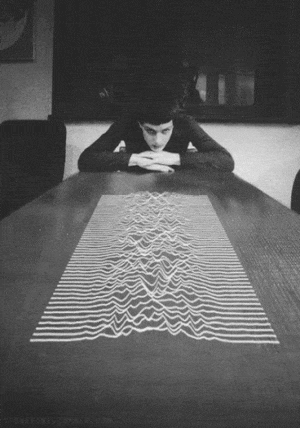
The third definition consists of noise as any loud sound. This is the second most used definition of noise today and the one used by legal statues on noise.
The fourth definition of noise is noise as a disturbance in any signaling system. This is the type of noise referred to in electrical, broadcast, and recording engineering (Schafer 184). I would expand this definition to include mechanical systems that are either in disrepair or inefficient, such as a poorly executed air conditioning/ventilation system or a sputtering muffler.
Noise and the Law
Of course there is a so-called “objective” definition of noise, that is the legal definition of a specific sound exceeding a specific decibel limit. But, as Schafer points out, it is rather silly that a car producing 86 decibels of sound is noise but a car producing 85 decibels is not.
Some of these noise laws can be beneficial, specifically those limiting industrial or environmental noise pollution from highways and factories, or those that exist to protect the hearing of workers, such as the 1981 hearing protection and noise exposure standards set by the Occupational Safety and Health Administration (OSHA).
However, many garden variety noise ordinances are often more societally harmful than they are sonically helpful, for they require a greater police presence, discourage reasonable neighbor-to-neighbor conflict resolution, are often racialized, and disproportionately punish both young and poor people who cannot afford to pay expensive fines.
Above all, these laws are really unenforceable. Properly calibrated scientific environmental noise measuring equipment is very expensive, and there is a significant difference in data between professional and amateur equipment. And really, the ordinances aren’t about policing noise - they’re about policing behavior.
Noise and Society
While Schafer’s book (which was written in 1977 and is steeped in all kinds of “return to nature” sentiments that have not aged well) was without a doubt groundbreaking in that it was one of the first examinations of the role sound has played both historically and environmentally, there is an underlying assumption that I fundamentally disagree with: the supremacy of silence over sound.

An RF anechoic chamber. Photo by adamantios (CC BY-SA 3.0)
Schafer posits that the mechanical noise of the modern era is inherently unnatural, but ignores the fact that true silence is also unnatural. The only truly silent place is an artificial one: an anechoic chamber. As a student of acoustics, I’ve had the displeasure of being in an anechoic chamber and experiencing the suffocating terror that is total silence, a silence so strong you can hear every sound made by your internal organs, a silence so strong people can only stand being in an anechoic chamber for mere minutes.
There is a reason silence is described as “eerie” or “foreboding”: it’s because the act of making sound is inescapable, it’s a function of physics - there’s only a matter of time before the silence is lapsed. And yet there is a recurring societal notion that silence is somehow virtuous - an idea that manifests itself in several ways, such as the ideas that a well-behaved child is quiet, or that “proper” women are seen and not heard, or - on a more lighthearted note - the stereotype that musicians have inherently lax morals and will run off with your teenage daughter.
The idea that life was better when it was quieter is also rather silly, because with noise also came great improvements in our quality of life. However, disputing the idea that silence is superior to sound does not mean that noise should be defended, because many types of mechanically-based environmental noise from industry and infrastructure is deeply harmful to our health and well-being.
One term Schafer uses is much more powerful and insightful in describing the role noise plays in our world: sound imperialism. It is true that environmental, mechanical noise, like an invading empire, has conquered and occupied our lives against our will. We did not ask for noise, and we did not have a say in the matter. (Personally, if it were up to me, my pharmacy would stop playing breakup songs from 2004.) Also, we are biologically defenseless against noise - our ears and brains developed for a very different sounding world, one with much less noise.
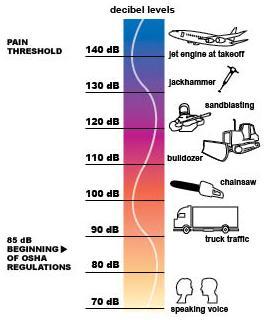
Via OSHA
The effect this ceaseless barrage of noise has on our ears and brains is an environmental health hazard - both for us, and for the natural world, where it disrupts plant and animal life. Talk to any acoustician (hi!) or audiologist, and the health results of escalating environmental noise is grim, whether it’s ear fatigue, tinnitus, or permanent hearing loss at younger and younger ages. We often cite earbud use as being particularly traumatic to our hearing, but ignore the primary reason most people use earbuds: because they are more effective than conventional headphones at blocking out external noise.
Environmental noise is not individualized - it can’t be resolved by calling your neighbor and asking them to stop playing the drums at 12:30 AM, or by politely letting your roommates know that you will be having friends over and that it might get loud. Environmental noise, like all forms of pollution, takes place on a large scale - it is systemic, and it is mired in power.
Industrial giants, energy lobbyists, and HVAC people who always seem to end up working on concert halls all have a vested interest in keeping things noisy, because it is time consuming and expensive to make things that are quiet (and energy efficient). It’s not shocking that things that are bad for the regular environment are also bad for the sonic environment - car dependency, nonrenewable resource extraction, factories, the list goes on. And, like other types of pollution, the people who are most exposed to noise pollution are working people (occupational noise), poor people and people of color.
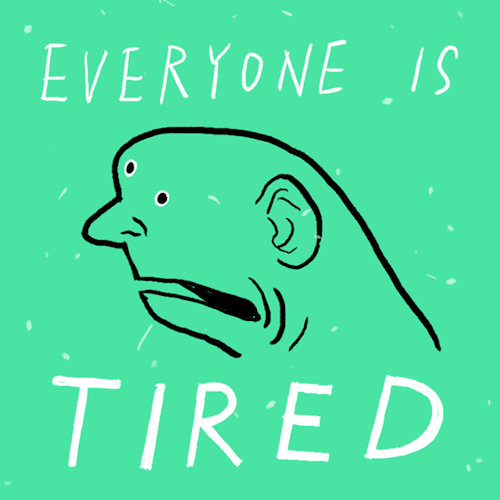
If you think that you’re not effected by noise pollution because you don’t go to, like, 50 metal shows a day or whatever: you know that immediate feeling of lethargic relief you get when you enter a quiet building after a busy day of work, a walk in the city, or a long car ride? That’s auditory fatigue.
You know that feeling of being in a busy place and feeling like you can’t concentrate anymore even though you’ve spent the day doing relatively little? Your brain is tired because your ears have no choice but to receive sound waves all the time, regardless of how actively you are listening. Studies have emerged showing that environmental noise is also harmful to those who are d/Deaf or hard of hearing. It’s a problem for everyone.
Quiet the Source
Ultimately, when UNESCO claims people have a “right to silence,” what they really mean is that people have the right to live in a world without being subjected to the violence of auditory trauma. We shouldn’t have to carry earplugs everywhere we go, or keep building noise barriers on the side of roads.
In the field of noise control, the first line of defense and often the most effective strategy for solving a noise problem is to simply quiet the source. That means both making mechanical objects that are quieter and more efficient, more sound regulations for manufacturers and realizing and changing our toxic cultural norms about sound like “music is supposed to be painfully loud”, or “actually bars and restaurants are supposed to be painfully loud”, or “no matter what retail store you go in, it’s good and productive somehow to hear the same fifteen songs from 2000-2008 [also usually too loud]”.
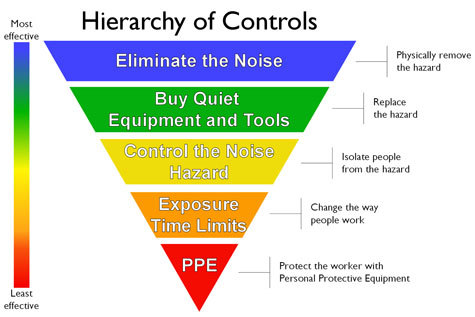
Via CDC.gov
These changes are societal, large scale, and will stretch years into the future. As for more immediate solutions, theres… acoustics! Which is what our next (less depressing) installment (and my Master’s degree lol) will be about.
If you like this post, and want to see more like it, consider supporting me on Patreon! Also JUST A HEADS UP - I’ve started posting a GOOD HOUSE built since 1980 from the area where I picked this week’s McMansion as bonus content on Patreon!
Not into recurring donations or bonus content? Consider the tip jar! Or, Check out the McMansion Hell Store ! 100% of the proceeds from the McMansion Hell store go to charity!
Copyright Disclaimer: All photographs are used in this post under fair use for the purposes of education, satire, and parody, consistent with 17 USC §107. Manipulated photos are considered derivative work and are Copyright © 2018 McMansion Hell. Please email [email protected] before using these images on another site. (am v chill about this)
2K notes
·
View notes
Photo

Found a wee baby leaf ghost on New Year’s Day. I’ll take it as a good omen.
3 notes
·
View notes
Quote
Yes, we’ve been led to believe that drama is the truth, and comedy is just silliness and gags. But drama actually tells a lie. It’s a beautiful lie, but it leaves out the messy parts of being human.
Steve Kaplan, author of The Hidden Tools of Comedy, from our first #ComedyScribeMonday chat on Twitter! (via albasalix)
4 notes
·
View notes
Photo
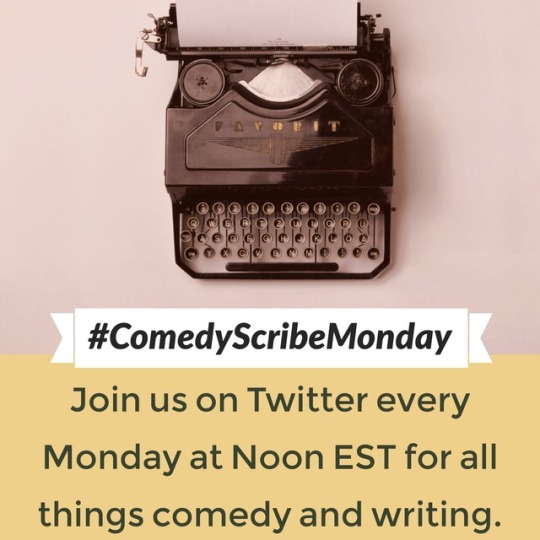
“[Comedy is] one of the most ancient of art forms, originating around the same time as that other dramatic art form, tragedy. But right from the very beginning, comedy was the Rodney Dangerfield of art forms – it didn’t get any respect.” – Steve Kaplan
This Monday, the 1st of January, join us — hungover or sober — for a Twitter chat about comedy and writing.
January 1, 2018
9 am PST (sorry!)
12 noon EST
5pm UK & UTC
Amateurs and professionals alike, we welcome you to a conversation about the craft of comedy writing. We’ve got a list of topics and potential guests starting to be lined up. All questions are welcome. This is a supportive environment for any comedy writer. A place to remember that our work matters.
This Monday we are going to be discussing one of the books that changed our writing: The Hidden Tools of Comedy by Steve Kaplan.
Anyone can join on Twitter by searching for and using the #ComedyScribeMonday hashtag.
Thankfully we have 280 characters now, because I think we used 100 of them in that hashtag.
4 notes
·
View notes
Photo

On our recent travels in Italy and France, we went looking for front doors that might belong to the Axe & Crown.
9 notes
·
View notes
Photo
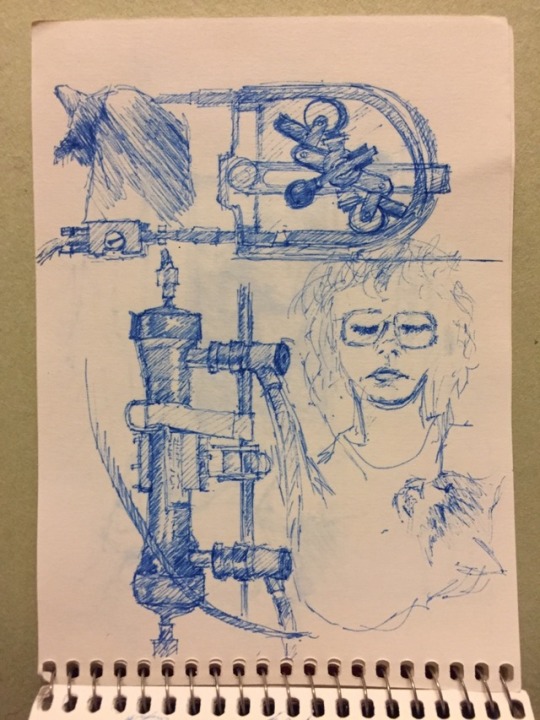

This is where Alba Salix started, probably: summer holidays, aged 9 or so, sitting in the hospital while Mum underwent dialysis three times a week. I spent the time reading the Narnia books, doing puzzles and watching Mum sketch. (Tragically, I can’t find the old school notebook where we illustrated dozens of cat puns together.) I’ve always felt quite comfortable in hospitals, and had enormous respect for nurses in particular.
(That’s the main pump that moves blood through the machine, and the artificial kidney itself. I don’t recall what the mason jar-looking thing is — the drain for some kind of suction pump? I think the woman is another patient in the dialysis unit. The cats, Sally and Moggy, were sketched at home.)
8 notes
·
View notes
Photo
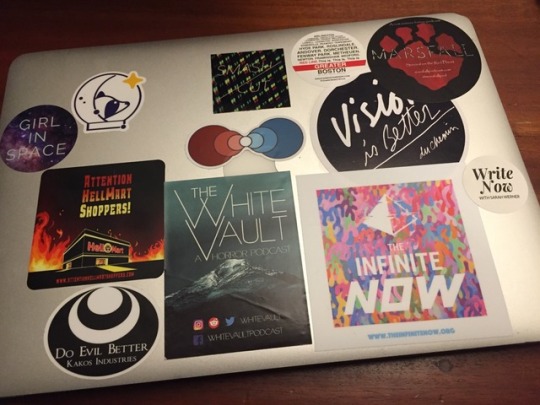
Back from PodCon 2017 full of fond memories, fine coffee and fresh ideas. Here’s to all the friends and fans who made it so magical.
#audio drama#podcon#podcast#girl in space#procyon podcast network#attention hellmart shoppers#kakos industries#the white vault#ars paradoxica#smash cut#the infinite now#write now#greater boston#marsfall
17 notes
·
View notes



